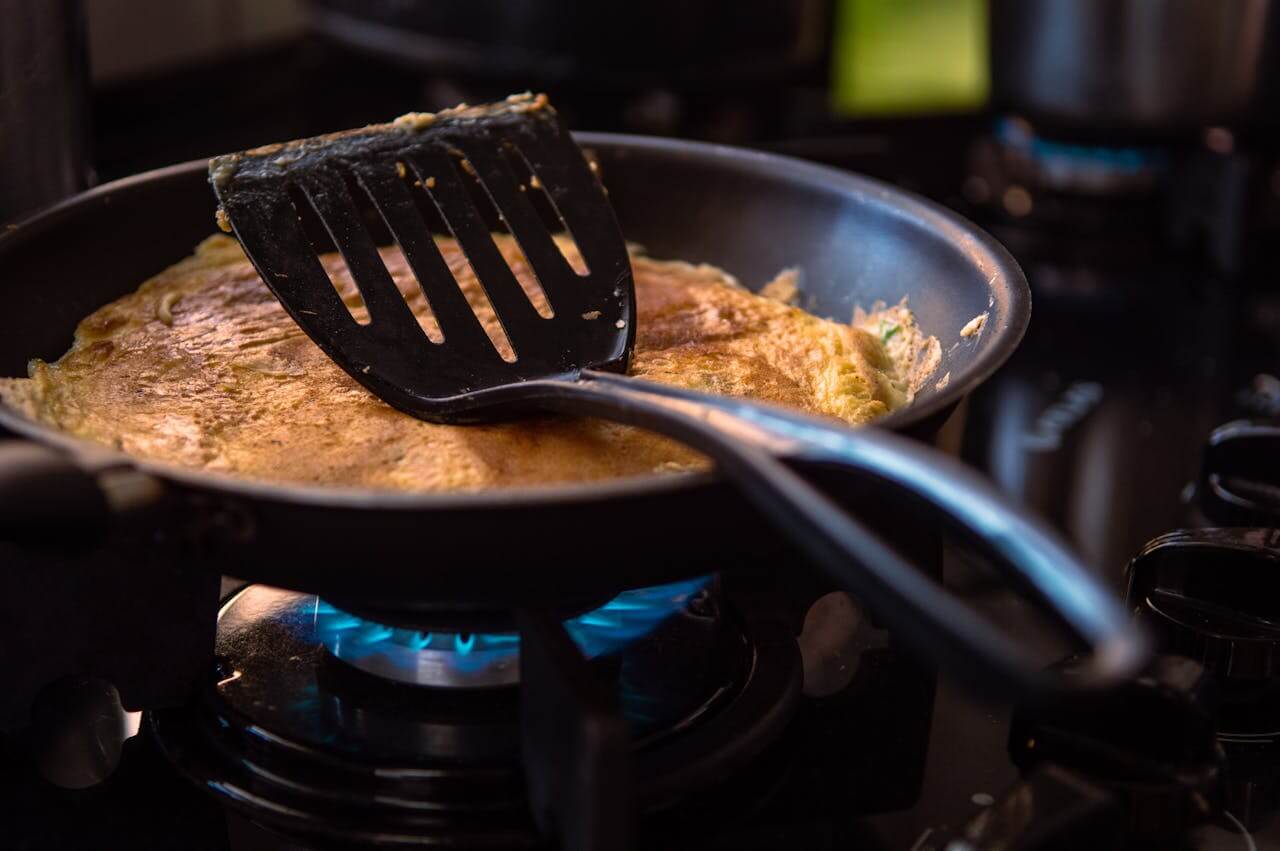
The pan you select affects everything from meal preparation to family health. When your cookware performs optimally, kitchen tasks become more efficient, meals cook uniformly, and you avoid potential exposure to problematic compounds. From morning eggs to evening protein, your choice of cooking surface plays a crucial role. This guide offers practical insights for selecting exceptional nonstick cookware, comparing alternative materials, and maintaining your investment for maximum longevity.
The Real Impact of Quality Cookware
Your pan selection influences multiple aspects of meal preparation:
Heat Management: Superior pans distribute temperature evenly across their surface, eliminating inconsistent cooking zones and ensuring food reaches proper doneness throughout.
Wellness Considerations: Substandard nonstick surfaces may deteriorate under high temperatures, potentially releasing concerning compounds. Selecting verified materials protects household health.
Longevity: Premium cookware maintains its performance significantly longer than budget alternatives. The initial investment typically results in extended service life.
Preparation Simplicity: Effective nonstick properties reduce required cooking fats and prevent food adhesion, streamlining both cooking and cleanup processes.

Essential Evaluation Criteria
When examining potential cookware, focus on these key attributes:
Construction Elements: Verify the specific nonstick technology employed—whether advanced PTFE formulations or ceramic alternatives. Look for substantial quality verification and manufacturing standards.
Temperature Consistency: Examine base construction for materials that promote uniform heating. Aluminum cores or multi-layer bases often provide superior performance.
Health Verification: Prioritize pans explicitly labeled as PFOA-free with appropriate safety certifications from recognized testing organizations.
Cooking Surface Compatibility: Ensure the pan works with your specific heat source, whether gas, electric coil, glass-ceramic, or induction technology.
Maintenance Requirements: Consider how the pan responds to regular cleaning and use. Some surfaces retain their properties longer under specific care routines.
Material Comparison: Nonstick vs. Cast Iron
Understanding the fundamental differences helps determine the best option for your cooking style:
Nonstick Options:
- Advantages: Minimal fat requirements, straightforward cleanup, gentle handling of delicate ingredients
- Limitations: Potentially shorter lifespan depending on quality, requires careful tool selection
Cast Iron Alternatives:
- Advantages: Exceptional durability, superior heat retention, develops natural nonstick properties with proper seasoning
- Limitations: Significant weight, requires specific maintenance, less suitable for acidic foods or minimal-fat cooking
Daily food preparation typically benefits from nonstick efficiency, while cast iron excels at high-temperature techniques and flavor development in specific dishes.
Four-Step Selection Process
Step 1: Define Your Cooking Profile
Analyze Your Regular Menu: Document which techniques you use most frequently. If your routine includes delicate proteins or egg dishes, nonstick surfaces offer significant advantages.
Evaluate Physical Requirements: Consider diameter needs based on typical serving sizes. Balance cooking surface area against comfortable handling weight.
Verify Heat Source Alignment: Match your pan selection to your cooking equipment, particularly for specialized surfaces like induction.
Strategic Approach: Rank your most critical cooking requirements to guide your selection process.
Step 2: Scrutinize Quality Indicators
Surface Technology Review: Investigate the specific nonstick formulation and verify its safety profile and performance reputation.
User Experience Assessment: Research feedback from current owners, focusing on comments about durability and maintenance experiences.
Construction Evaluation: Examine the physical properties, particularly weight distribution and base thickness.
Strategic Approach: When possible, handle potential selections in person to assess build quality and ergonomic comfort.
Step 3: Evaluate Value Proposition
Investment Planning: Determine appropriate spending parameters while considering the long-term economics of quality.
Manufacturer Research: Investigate the track record of companies specializing in cookware production.
Protection Verification: Review warranty terms and consumer protection provisions.
Strategic Approach: Create a comparative analysis framework to objectively evaluate features against cost.
Step 4: Make Your Selection
Criteria Integration: Consolidate your requirements, quality assessments, and value considerations into a comprehensive evaluation.
Practical Verification: If available, observe the pan in actual cooking situations.
Final Assessment: Select the option that best addresses your priority requirements.
Strategic Approach: Allow brief reflection time to confirm your analysis before finalizing your decision.

Extending Your Cookware’s Performance Life
Maintain your investment with these practices:
Tool Selection: Use non-metallic implements to preserve the cooking surface.
Cleaning Protocol: Adopt manual washing with mild detergents and soft implements, regardless of dishwasher claims.
Strategic Storage: Implement systems that prevent surface contact with other cookware.
Regular Inspection: Monitor for early signs of coating degradation or performance changes.
Surface Treatment: Consider periodic light oil application to maintain optimal performance.
Strategic Approach: Implement a quarterly cookware evaluation and maintenance routine to maximize longevity.
Final Thoughts
Selecting the right nonstick cookware represents an investment in both culinary results and household well-being. By methodically evaluating your cooking needs, examining quality indicators, comparing value propositions, and making an informed selection, you’ll secure cookware that enhances your kitchen experience. With proper maintenance practices, your chosen pan will deliver consistent performance throughout its extended service life.
Latest Posts
How to Make Homemade Disinfectant Wipes
Truth be told—sanitizing wipes have transformed into a modern household necessity. However,...
3 Mins readThe Best Way to Store Fruits and Vegetables to Keep Them Fresh Longer
Food preservation isn’t just a skill—it’s a strategic mission to rescue your...
1 Mins readHow to Keep Your Patio Furniture Looking New
Outdoor furniture isn’t just decor—it’s an investment in your personal retreat. Every...
1 Mins readHow to Choose the Best Area Rug for Your Home
Imagine a single element that can instantly reshape your living environment—welcome to...
1 Mins read











